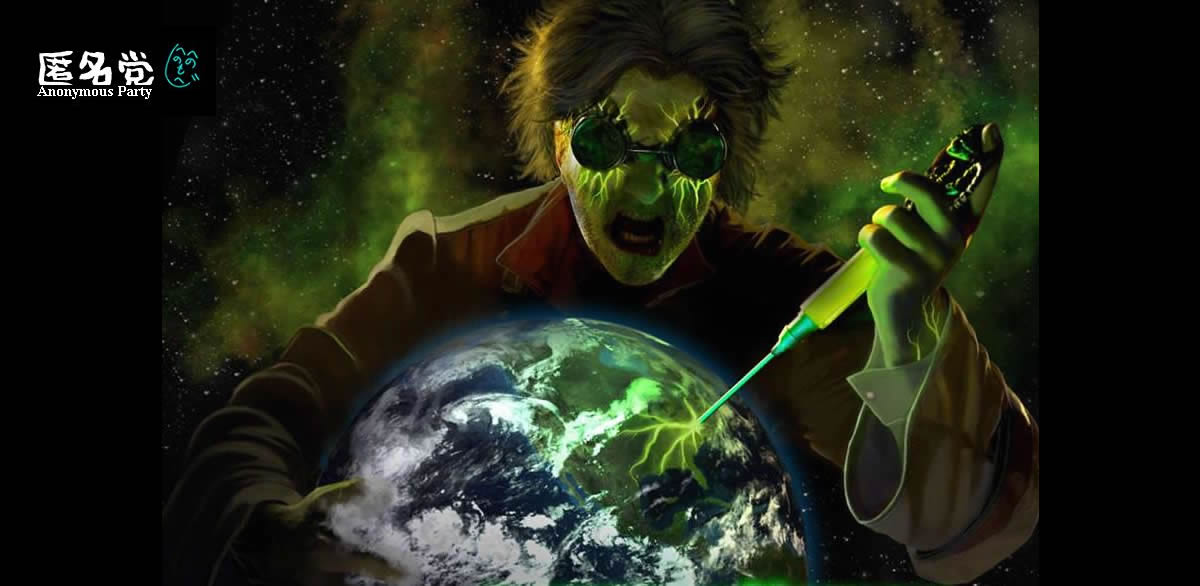At the center of the controversy was an experimental therapy suggested by Dr. Michio Hirano, a neurologist at Columbia University Medical Center, that has helped children with a less severe form of Charlie’s condition. Dr. Hirano had held out the prospect that the treatment, known as nucleoside bypass therapy, might offer a slim chance of improving the child’s ability to breathe, though he also acknowledged that Charlie had suffered significant brain damage.
The treatment pioneered by Dr. Hirano — who was initially known in court papers only as Dr. I, until the judge agreed recently to allow journalists to report his identity — has been tested on mice and on 18 people with a mutation in a gene known as TK2.
But it has never been tried on someone with Charlie’s particularly severe form of mitochondrial DNA depletion syndrome, which is caused by a different mutation, in a gene called RRM2B.
Ribonucleoside-diphosphate reductase subunit M2 B is an enzyme that in humans is encoded by the RRM2B gene.[3][4][5][6] The gene encoding the RRM2B protein is located on chromosome 8, at position 8q23.1. The gene and its products are also known by designations MTDPS8A, MTDPS8B, and p53R2
Chromosome 8 is one of the 23 pairs of chromosomes in humans. People normally have two copies of this chromosome. Chromosome 8 spans about 145 million base pairs (the building material of DNA) and represents between 4.5 and 5.0% of the total DNA in cells.[5]About 8% of its genes are involved in brain development and function, and about 16% are involved in cancer. A unique feature of 8p is a region of about 15 megabases that appears to have a high mutation rate. This region shows a significant divergence between human and chimpanzee, suggesting that its high mutation rates have contributed to the evolution of the human brain.[5]
、、、(爆wwwwwwwww

0 件のコメント:
コメントを投稿